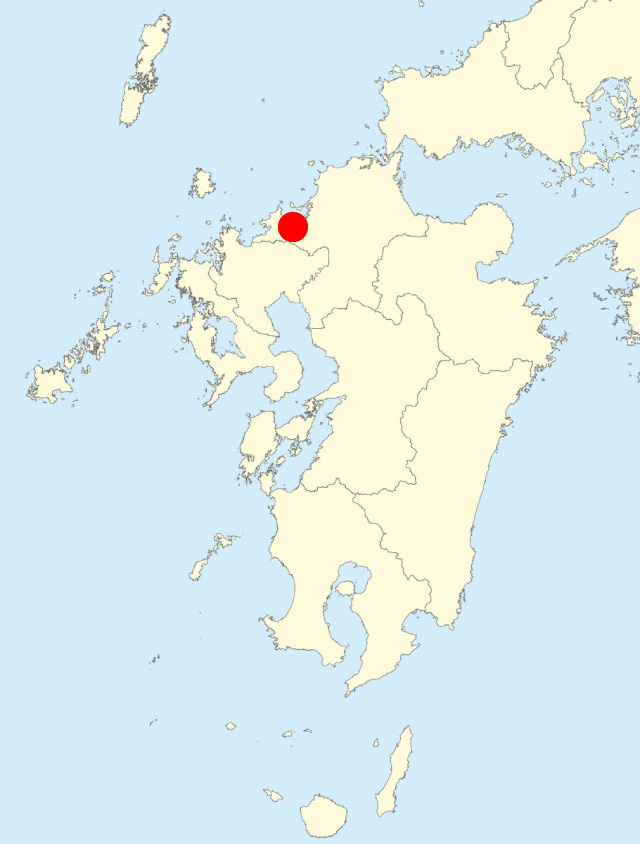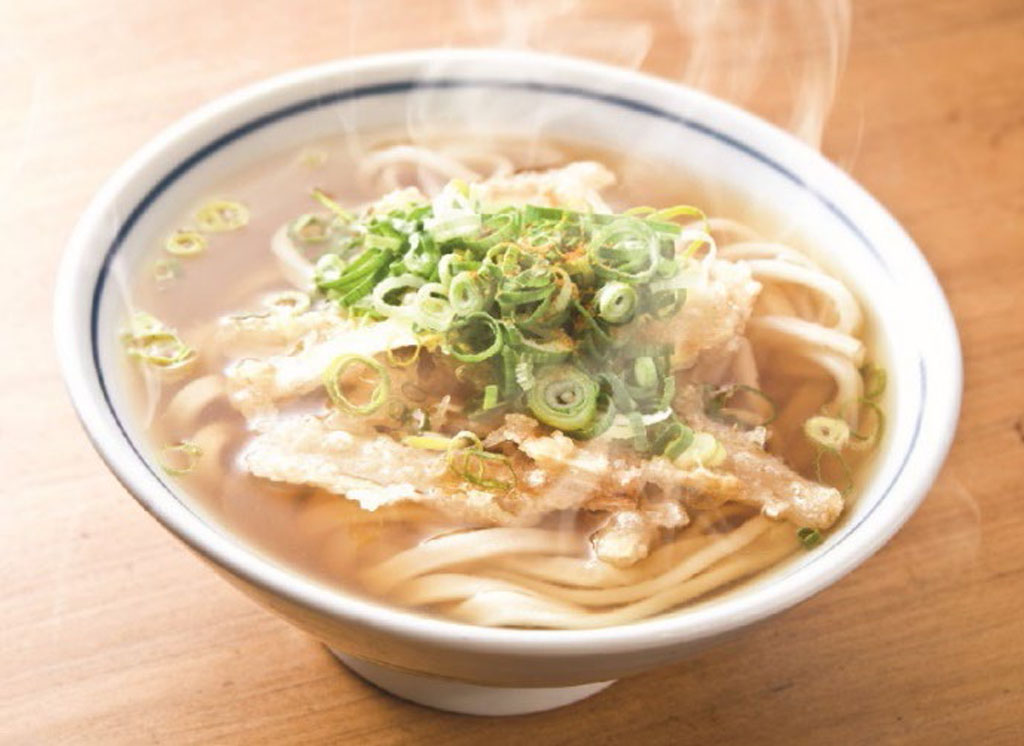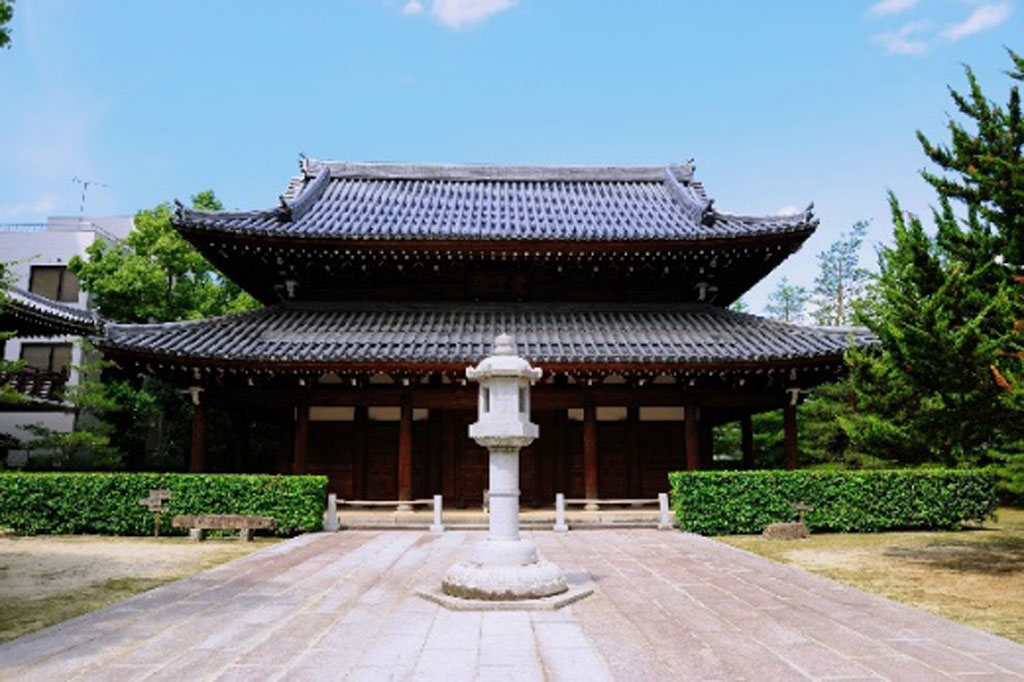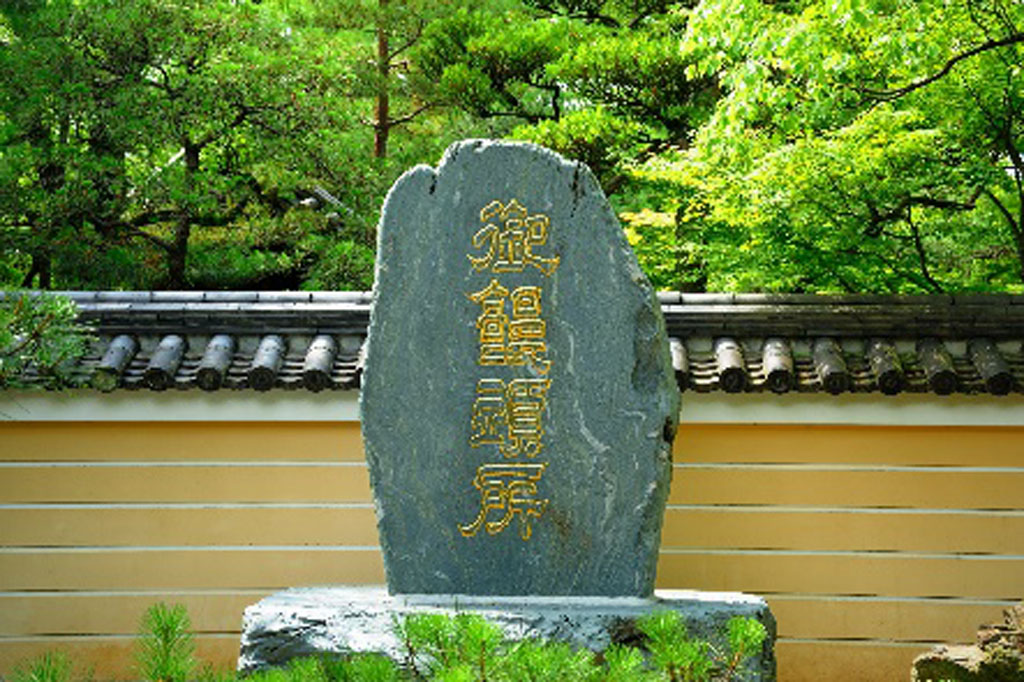Inception of food culture(9)
The introduction of the culture of flour-based foods

During the Nara and Heian periods, what were then the very latest technologies and cutting-edge culture arrived in Hakata (Fukuoka), which was a gateway to China and a center of cultural exchange, very quickly. One example is flour-based foods.
It is said that during the Kamakura Period (1185–1333), the monk Enni brought back from Song China a book, "Suima no Zu," that contained the technique for grinding flour from grain using water power. The culture of flour-based foods, including udon and soba noodles, then spread throughout Japan from Hakata.
Manju, which are made from flour, are also said to have been brought from China by Enni. The master of a tea house was kind to Enni when he was walking around Hakata begging. So, the story goes, Enni taught him the recipe for steamed manju that he learned in China.

Related Spots


Jotenji Temple
Jotenji Temple in Hakata Ward, Fukuoka, was created by the Kamakura Period monk Enni. There are stone monuments on the temple grounds reading "Birthplace of Udon and Soba" and "Place where Manju was first introduced."
Location: 1-29-9 Hakataekimae, Hakata-ku, Fukuoka-shi
PH: 092-431-3570 (Jotenji Temple)
Website: Fukuoka City
https://yokanavi.com/en/spot/26915/
Transportation: 10 min walk from JR Hakata Station
5 min walk from Subway "Gion Station"
Parking: Unavailable